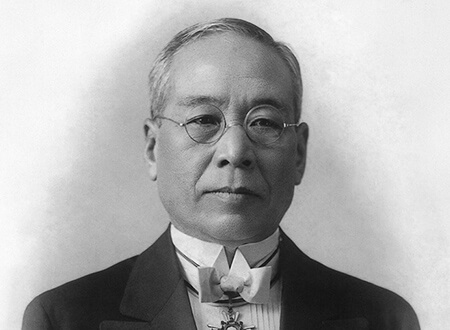Why Why Why Why Why
June 23rd, 2018

Early in the 20th century, Sakichi Toyoda of the Toyota Motor Corporation developed the 5 Whys Technique to determine the root cause of a problem.
Taiichi Ohno, a pioneer of the Toyota Production Systems, described the 5 Whys succinctly:
“Ask ‘why’ five times about every matter.”
Here’s an example about a welding robot that Ohno used to illustrate the technique (credit to the Toyota website):
- “Why did the robot stop?”
The circuit has overloaded, causing a fuse to blow. - “Why is the circuit overloaded?”
There was insufficient lubrication on the bearings, so they locked up. - “Why was there insufficient lubrication on the bearings?”
The oil pump on the robot is not circulating sufficient oil. - “Why is the pump not circulating sufficient oil?”
The pump intake is clogged with metal shavings. - “Why is the intake clogged with metal shavings?”
Because there is no filter on the pump.

Sakichi Toyoda, the person behind the 5 Whys (photo credit)
The 5 Whys popped into my life multiple times in the past few years.
When I went backpacking internationally my Dad told me to ask myself “Why?” five times to get at what I was seeking through my travels. I’ve heard my business partner, Kai, poke clients with “Why?” repeatedly in meetings. And the whys have come up during lectures on project management and lean thinking.
Why are the 5 Whys helpful? I believe it’s because stopping at one why is often convenient and comfortable.
Root causes don’t necessarily require more work to address. However, they demand an honest evaluation of what’s going on.

